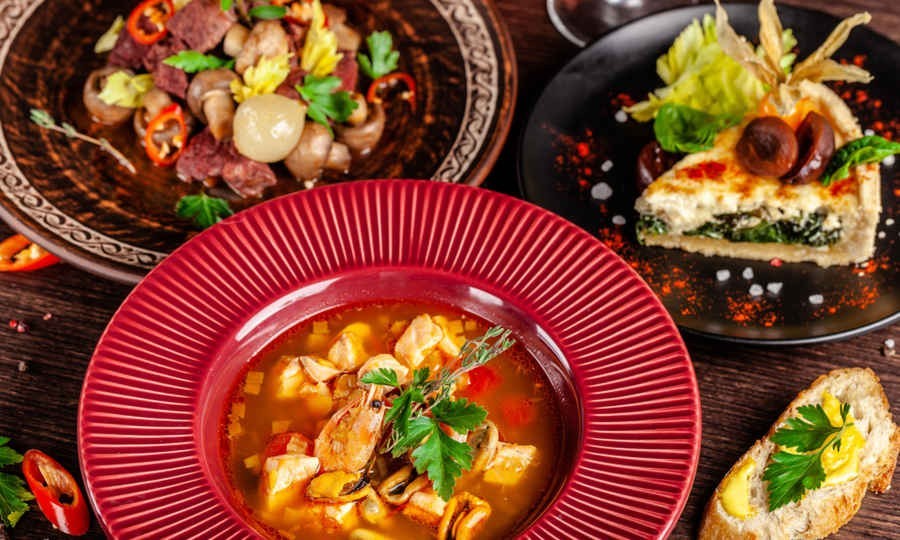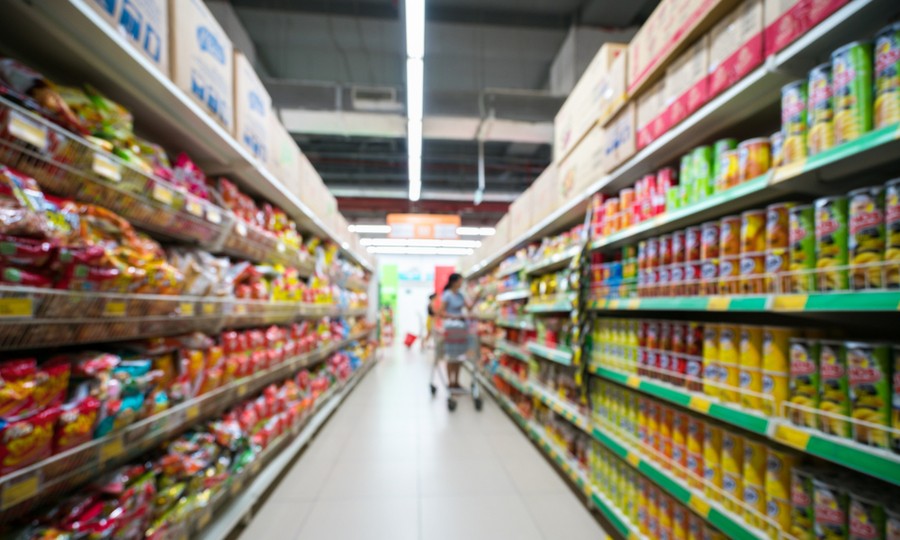Franchise business in Vietnam
Vietnam is a CLMV country demonstrating promising economic growth. It is a huge market, and sixty percent of Vietnam’s population of 97 million is younger than 35 years old. That generation is characterized by higher purchasing power, and they usually live in urban areas. With the country's main population being in their youth, they prefer products imported from abroad. In addition, the government’s policy allowing foreign entrepreneurs to hold 100% ownership of businesses in Vietnam (data from the Department of International Trade Promotion - DITP) has made the Vietnamese market even more appealing to outsiders. Seeing the potential, foreign franchises are competing for investment, especially in the continually expanding food and beverage segment.
Franchise businesses in Vietnam can be divided into 4 segments:
1. Food and beverage

Dining and an evolving Vietnamese society
A 2018 survey by marketing consulting firm Decision Lab discovered that Vietnamese people nowadays prefer dining out, and many factors influence their decisions in choosing a restaurant, including traffic, atmosphere, good service that reflects the image of the restaurant and attracts customers to visit and socialize, and decorations that allow customers to take nice photos and post them on social media. These factors seem to be even more important than cleanliness and taste. Vietnamese people also enjoy foreign food, but various restaurants will adjust the taste to be more in line with local preferences.
The arrival of bubble tea in Vietnam
Bubble tea originated in Taiwan, and with its pleasant aroma and mellow taste, it soon gained popularity in many countries, with Vietnam being no exception. With young people having higher purchasing power and more open to foreign cultures, bubble tea is already a favorite among teenagers in Southeast Asia. It has therefore not been difficult for many famous bubble tea brands from Taiwan to dominate the Vietnamese youth market, such as Gong Cha, Koi The, Royal Tea, The Alley, and several others.
However, the older generation sees bubble tea consumption as a sign of wasteful spending habits due to its relatively high price of USD 2.5 per serving, very expensive when compared to the average GDP Per Capita in 2019 of USD 2,714.14 per year. This issue reflects the age gap of people active on online social media in Vietnam.
Coffee -- A way of life for Vietnamese people
Coffee is a way of life for the Vietnamese. They have been involved with coffee for a long time, and are big coffee drinkers, drinking several cups a day on average. Coffee is one of Vietnam's economic crops, ranking second only to Brazil as the world’s largest coffee bean exporter. Coffee grown in Vietnam is mostly Robusta, known for its relatively high concentration of caffeine and a sweeter and more intense taste.
The most popular brands are local franchises such as Trung Nguyen Coffee and Highlands Coffee, where many international coffee brands cannot compete. However, these brands could be quite a lucrative business abroad due to their unique taste and the outstanding quality of Vietnamese coffee, which is favored by coffee lovers around the world.
2. Convenience stores

Convenience stores for the convenience of city dwellers
The convenience store business has grown impressively in Vietnam, providing a variety of products and brands for shoppers. These stores offer a wide selection of local brands and imported products. There are currently several major convenience store franchises in Vietnam, including Circle K, Family Mart, Shop & Go, Vinmart+, Mini Stop, and others, which are spreading to every corner of large cities such as Ho Chi Minh City and Hanoi. Convenience stores support the expansion of the middle-class, urban society, and the younger population. This growth provides a promising investment opportunity for convenience store franchises of various nationalities, in a market that still has room for expansion. A survey by the Office of Overseas Trade Promotion in Ho Chi Minh City revealed that many well-known Thai products are sold in convenience stores in Vietnam.
3. Beauty

Beauty businesses thrive in Vietnam .
A report by online news agency VietnamNet stated that the removal of seven cosmetic products from the Tariff Line has brought beauty and skincare products, especially from South Korea, to the Vietnamese market through the franchise business model. Beauty businesses have become an attractive market, with beauty clinics from other countries already investing in Vietnam.
4.Tutoring schools

Education is worth the investment
A survey conducted by the Department of International Trade Promotion revealed that the Vietnamese population increased from 91 to 97 million between 2013-2019, with the trend continuing. Most of the Vietnamese population is of school age, and the nation’s economy is growing. Skill development is therefore essential to driving the economy forward. The government sector has therefore accelerated the development of education to cover remote areas beyond big cities.
The Programme for International Student Assessment (PISA) is a program to measure reading, science, and mathematics. It discovered that in 2018, Vietnam ranked among the top countries in the East Asia and Pacific region. PISA's assessment also showed that Vietnam ranked higher than the average of OECD countries (Organization for Economic Co-operation and Development) which is an intergovernmental economic organization with 38 members from developed countries committed to democracy and the market economy.
Vietnamese parents prefer to send their children to private schools, believing that government courses are too stressful, obsolete, and inflexible while forcing students to take more hours of supplementary courses. On the other hand, with less intensive studying time, private school students can have more time to take courses at tutoring schools after school and on holidays. In addition, private schools offer effective teaching of English, better meeting working life demands. However, public schools are still popular among low-income parents and high school students preparing for higher education. By understanding the curricula used in Vietnam, local tutoring franchises seem to better meet market demands.
In addition, Vietnamese people are keen on developing other skills, apart from work. These people may take short training courses for life skills, such as arts, sports, or music. These courses aim to empower their physical and mental well-being for a better life experience.
The challenge of franchising is to maintain quality control. The solution is to have master franchises co-invest with local entrepreneurs to help strengthen the business.
Siam Commercial Bank operates foreign branches in the Great Mekong Subregion (GMS) countries of Cambodia, Laos, Myanmar, and Vietnam ready to take care of customers with a full range of services. For more information, please visit
https://devscb.dev.softdebut.com/en/corporate-banking/international-network.html
Information courtesy of Siam Commercial Bank, Ho Chi Minh City Branch, Vietnam
https://devscb.dev.softdebut.com/vn/corporate-banking.html
Sources
:
1. SCB Economic Intelligence Center. “CLMV Outlook Q1 2020”. https://www.scbeic.com/th/detail/file/product/6817/fndo9rf8k7/CLMV_Outlook_1Q2020_TH.pdf (accessed 9/11/2020)
2. Department of International Trade Promotion in Ho Chi Minh City, Business Support Center in AEC. “Franchise Business in Vietnam”. https://www.ditp.go.th/contents_attach/537414/537414.pdf (accessed 9/11/2020)
3. Department of International Trade Promotion in Ho Chi Minh City, Thailand Trade and Business Development Center in the ASEAN Economic Community. “Education Related Business in Vietnam”. https://ditp.go.th/contents_attach/567204/567204.pdf (accessed 9/11/2020)
4. DITP. “Vietnam Investment Information” https://www.ditp.go.th/contents_attach/539710/539710.pdf (accessed 1/2/2021)
5. GotoKnow. “Who is the OECD and why it is important?”, Kittinant Pitsuwan, an independent scholar, 13/3/2018_2018.” https://www.gotoknow.org/wiki/pages/347 (accessed 1/2/2021)
